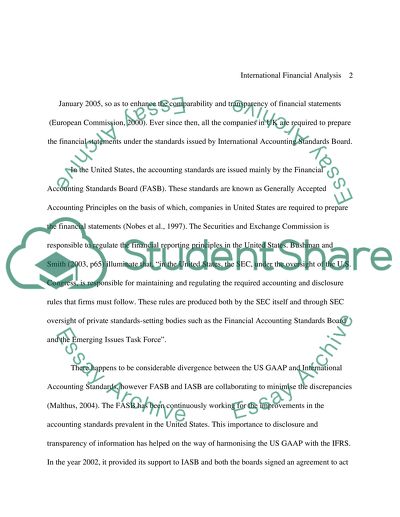Cite this document
(Accounting Regulatory Environment In The UK and US Case Study, n.d.)
Accounting Regulatory Environment In The UK and US Case Study. Retrieved from https://studentshare.org/finance-accounting/1528859-international-finacial-analysis
Accounting Regulatory Environment In The UK and US Case Study. Retrieved from https://studentshare.org/finance-accounting/1528859-international-finacial-analysis
(Accounting Regulatory Environment In The UK and US Case Study)
Accounting Regulatory Environment In The UK and US Case Study. https://studentshare.org/finance-accounting/1528859-international-finacial-analysis.
Accounting Regulatory Environment In The UK and US Case Study. https://studentshare.org/finance-accounting/1528859-international-finacial-analysis.
“Accounting Regulatory Environment In The UK and US Case Study”, n.d. https://studentshare.org/finance-accounting/1528859-international-finacial-analysis.


